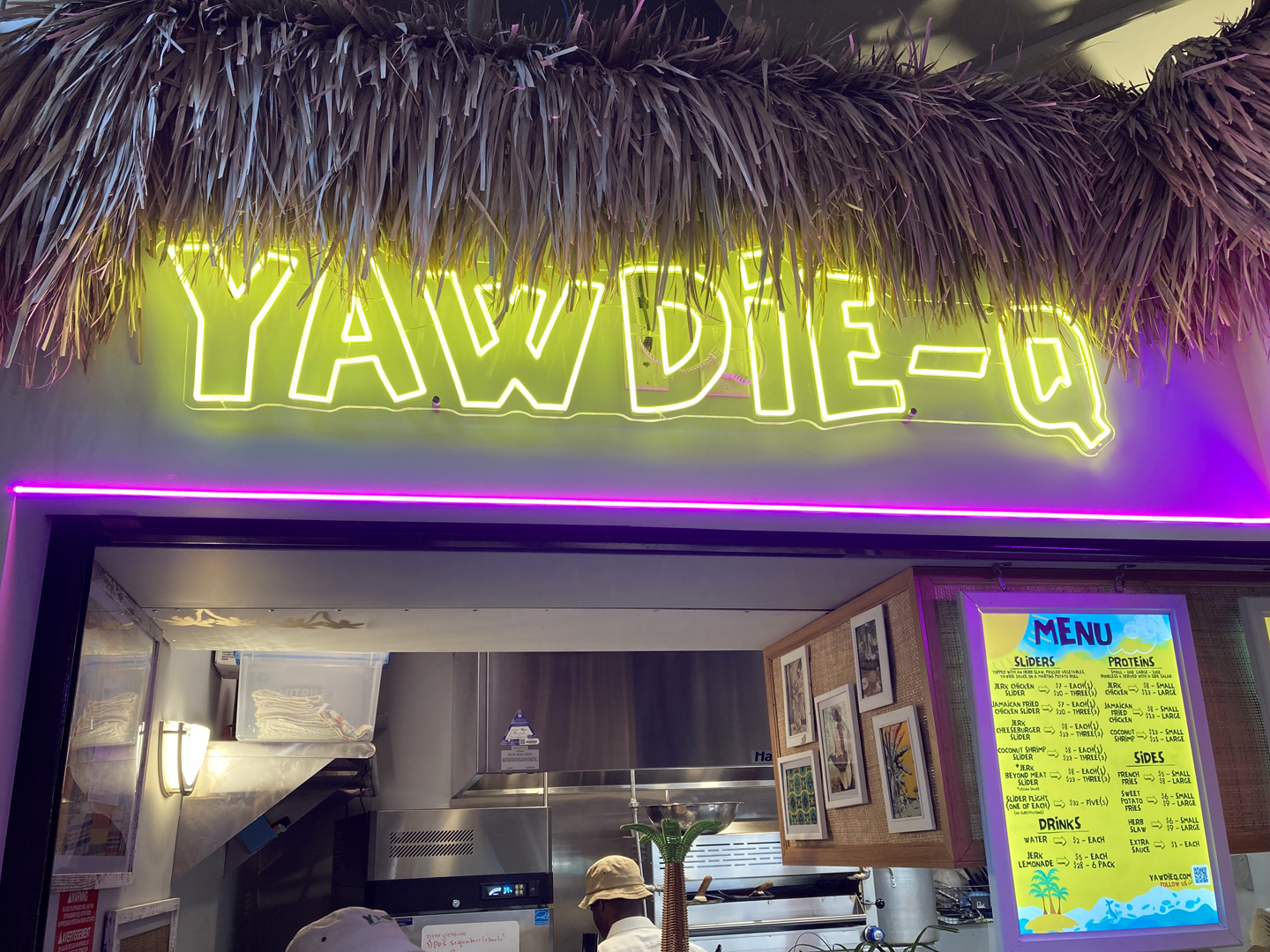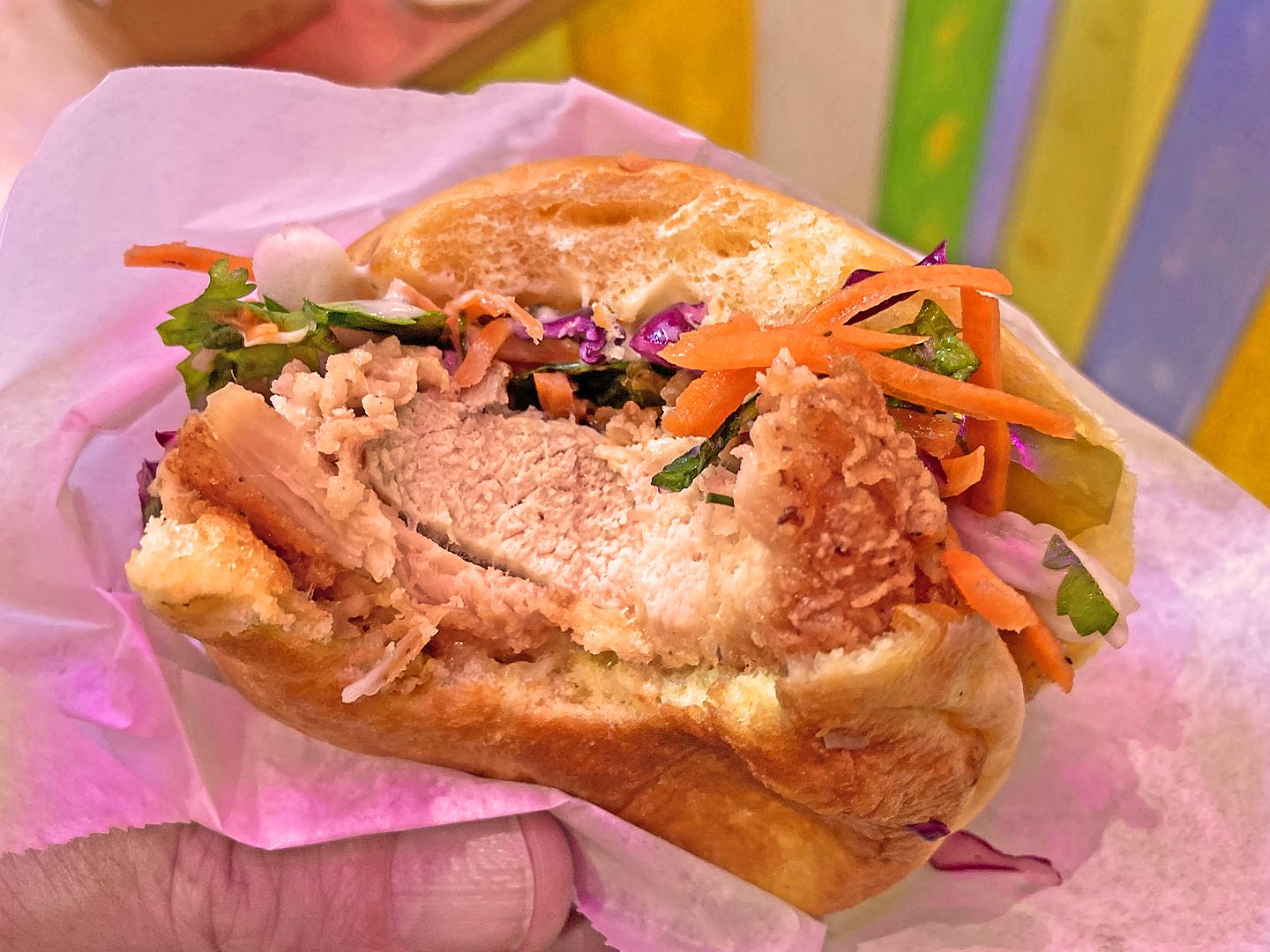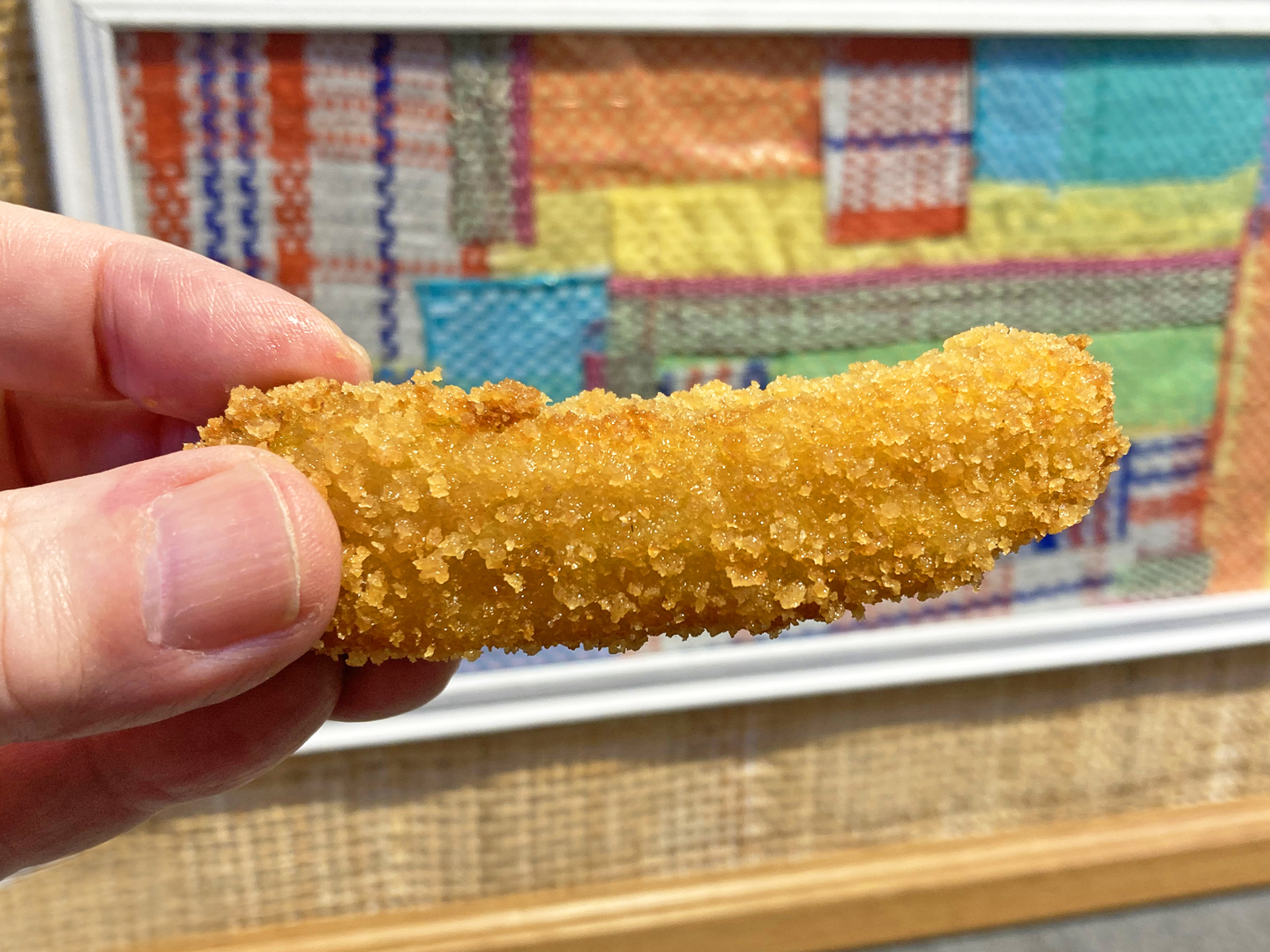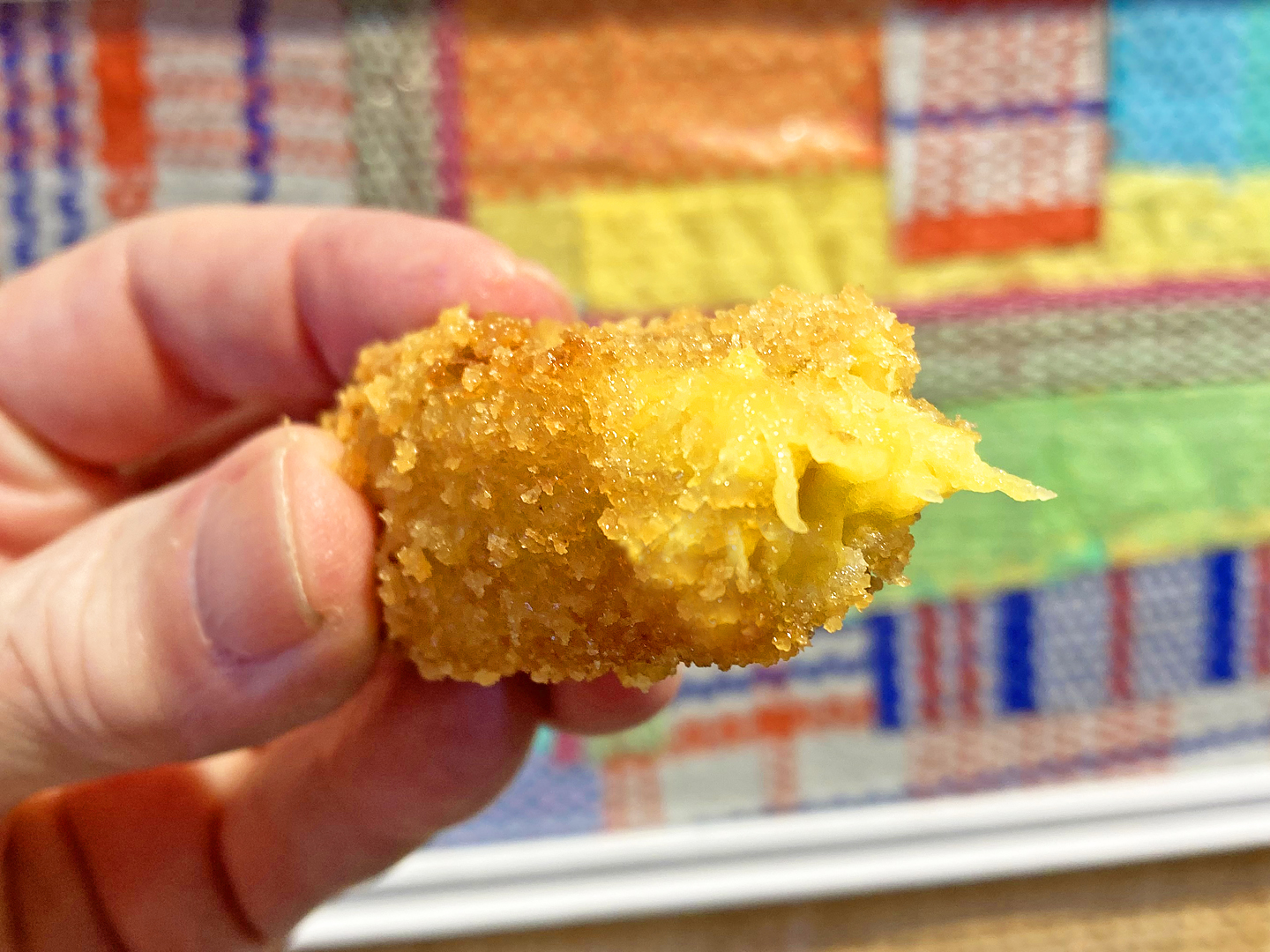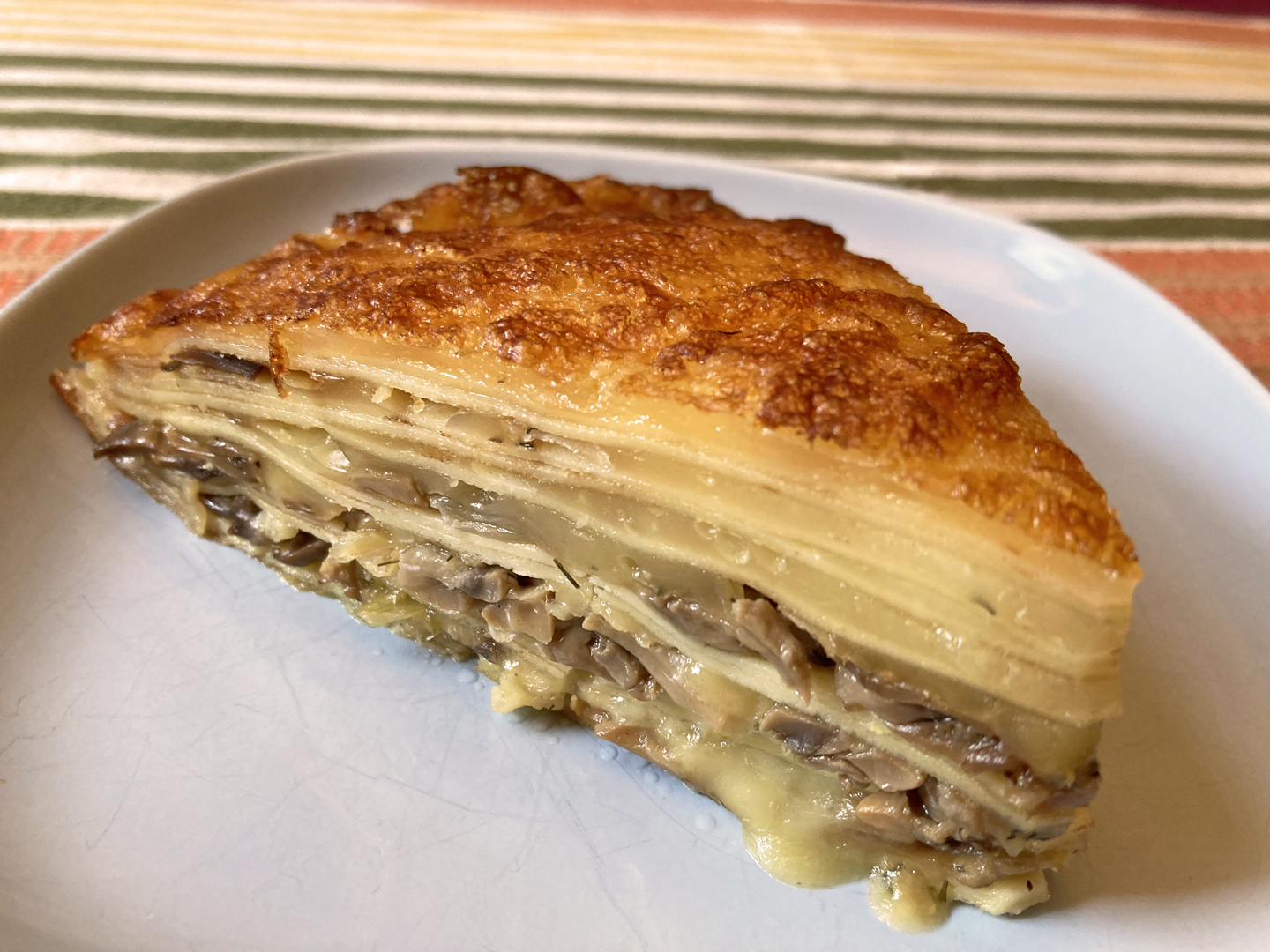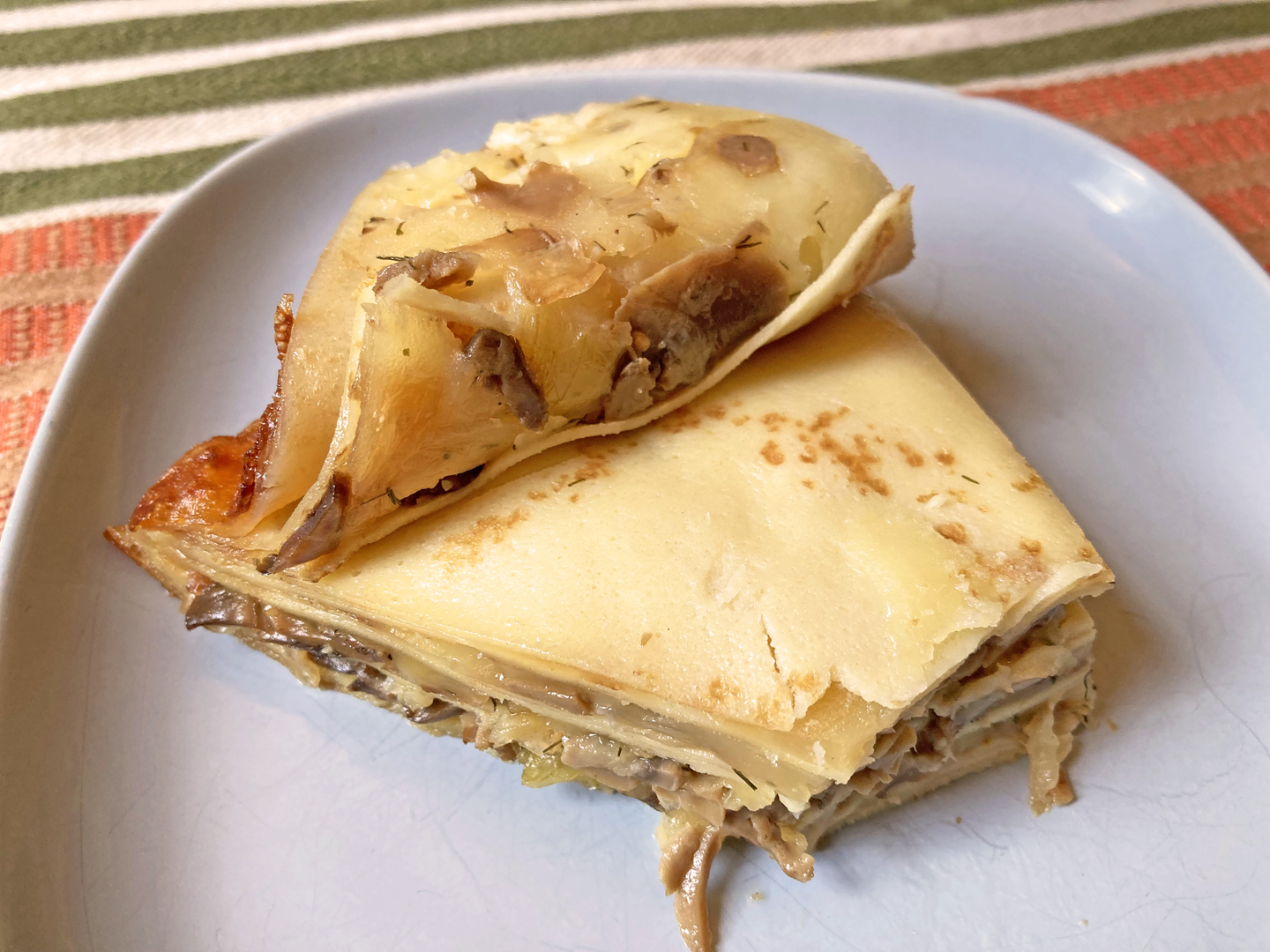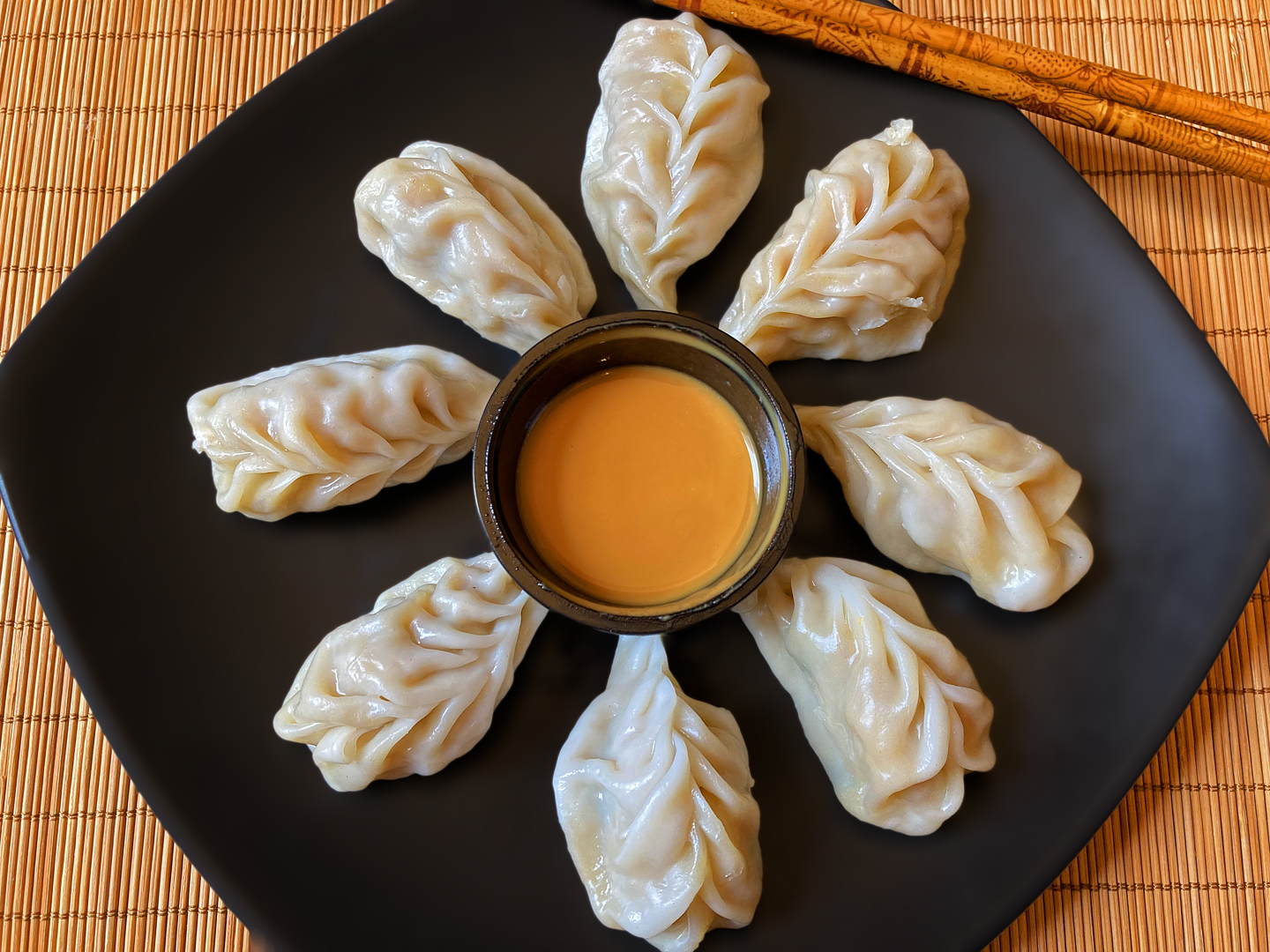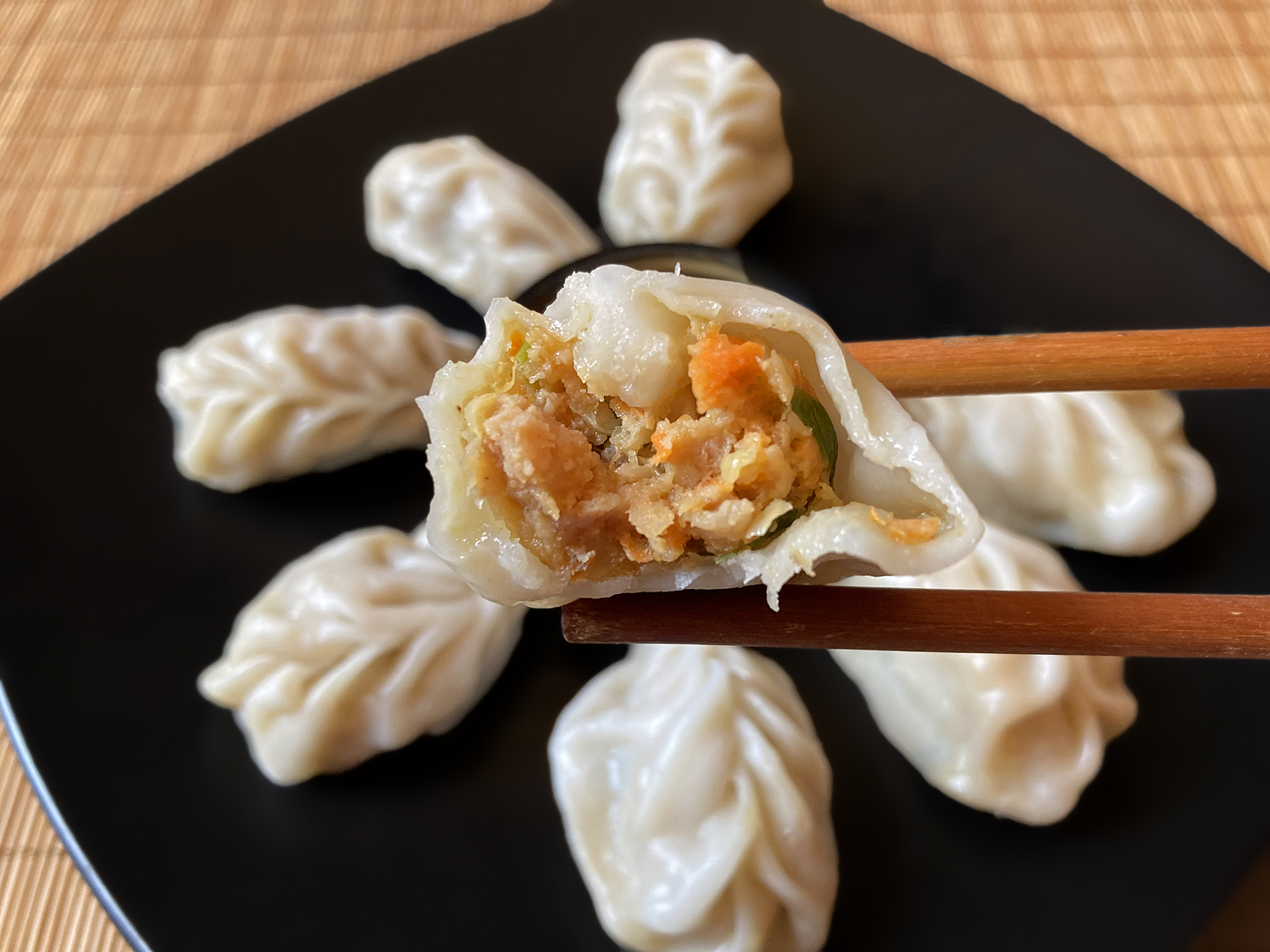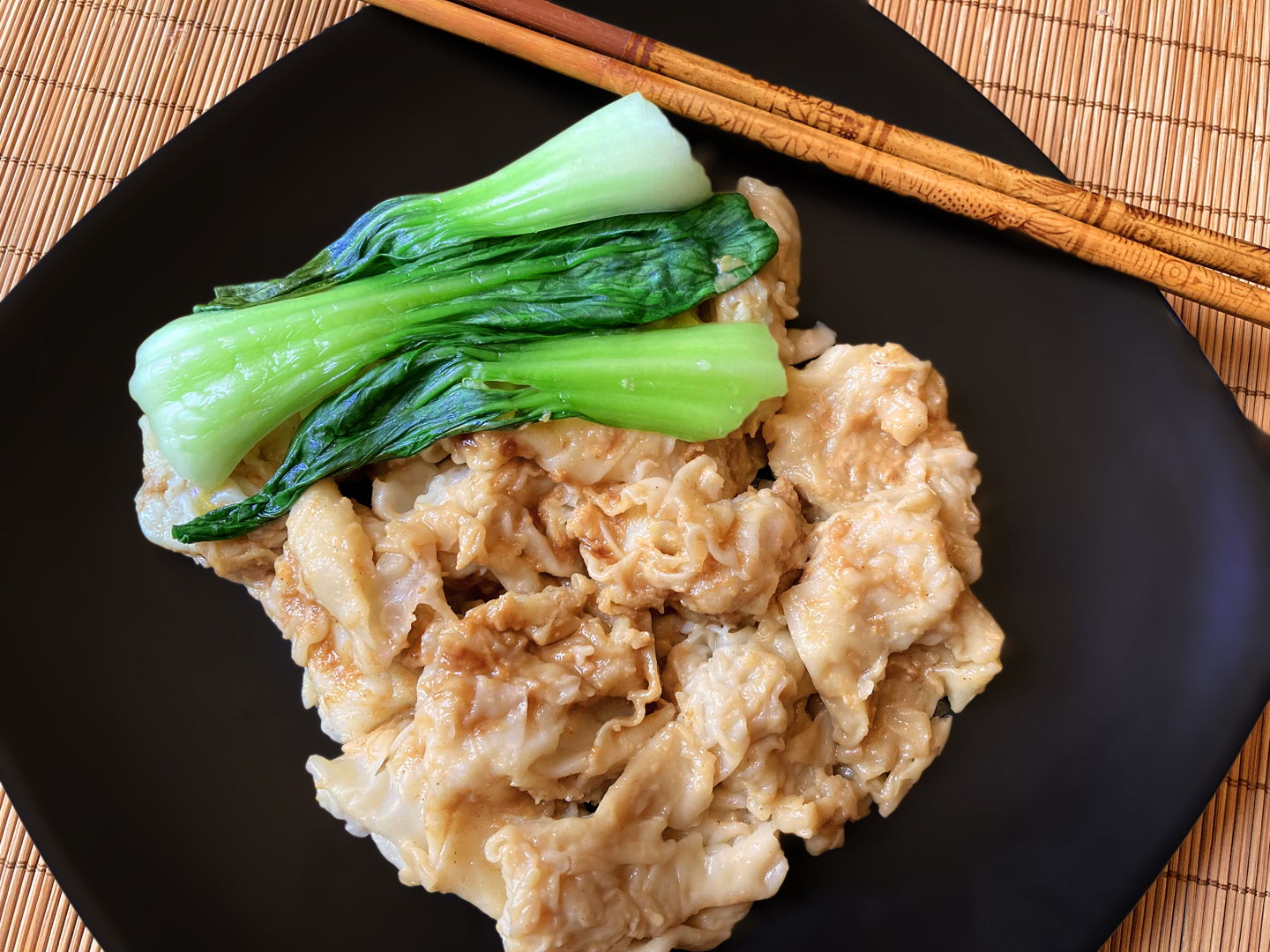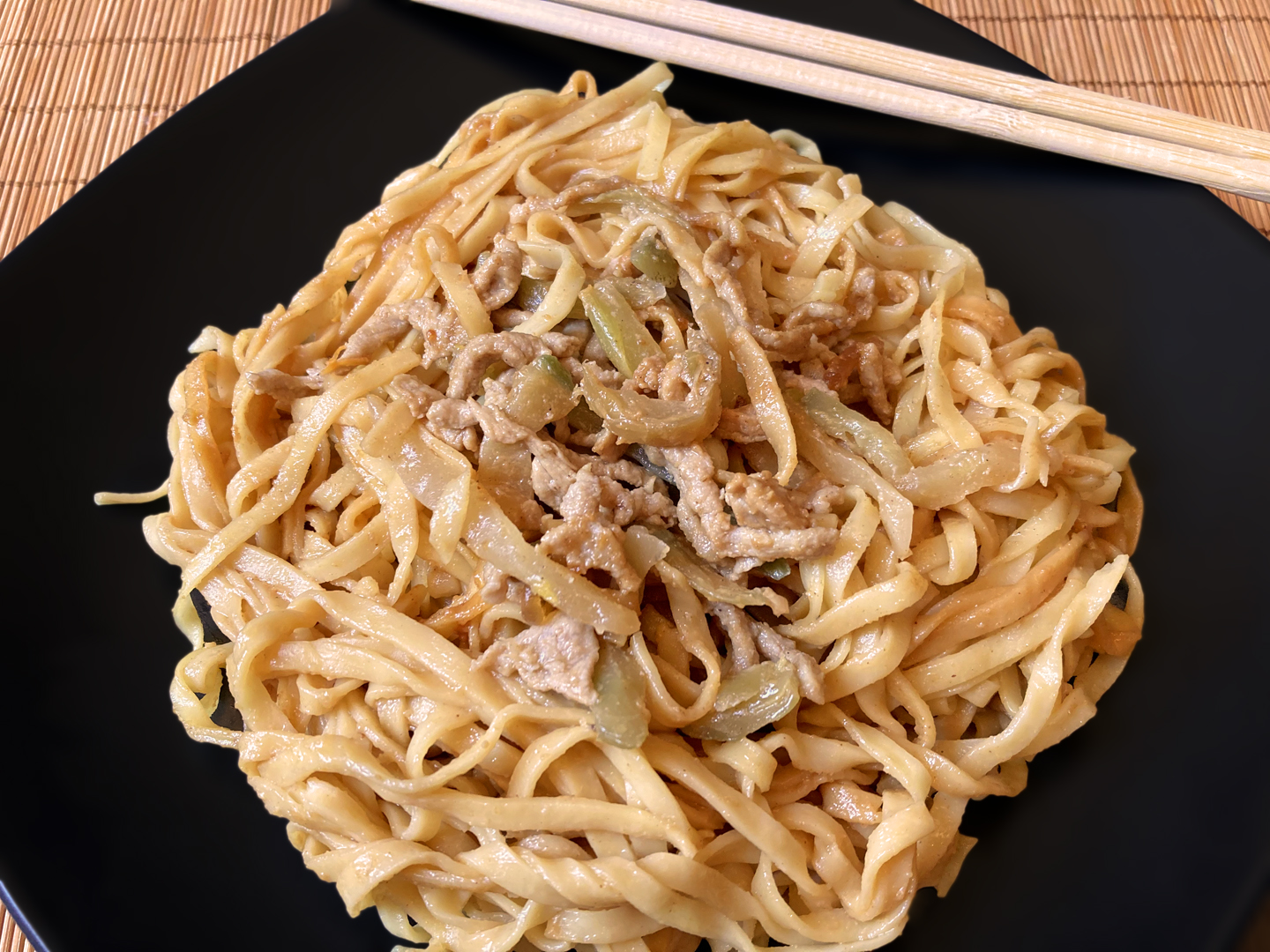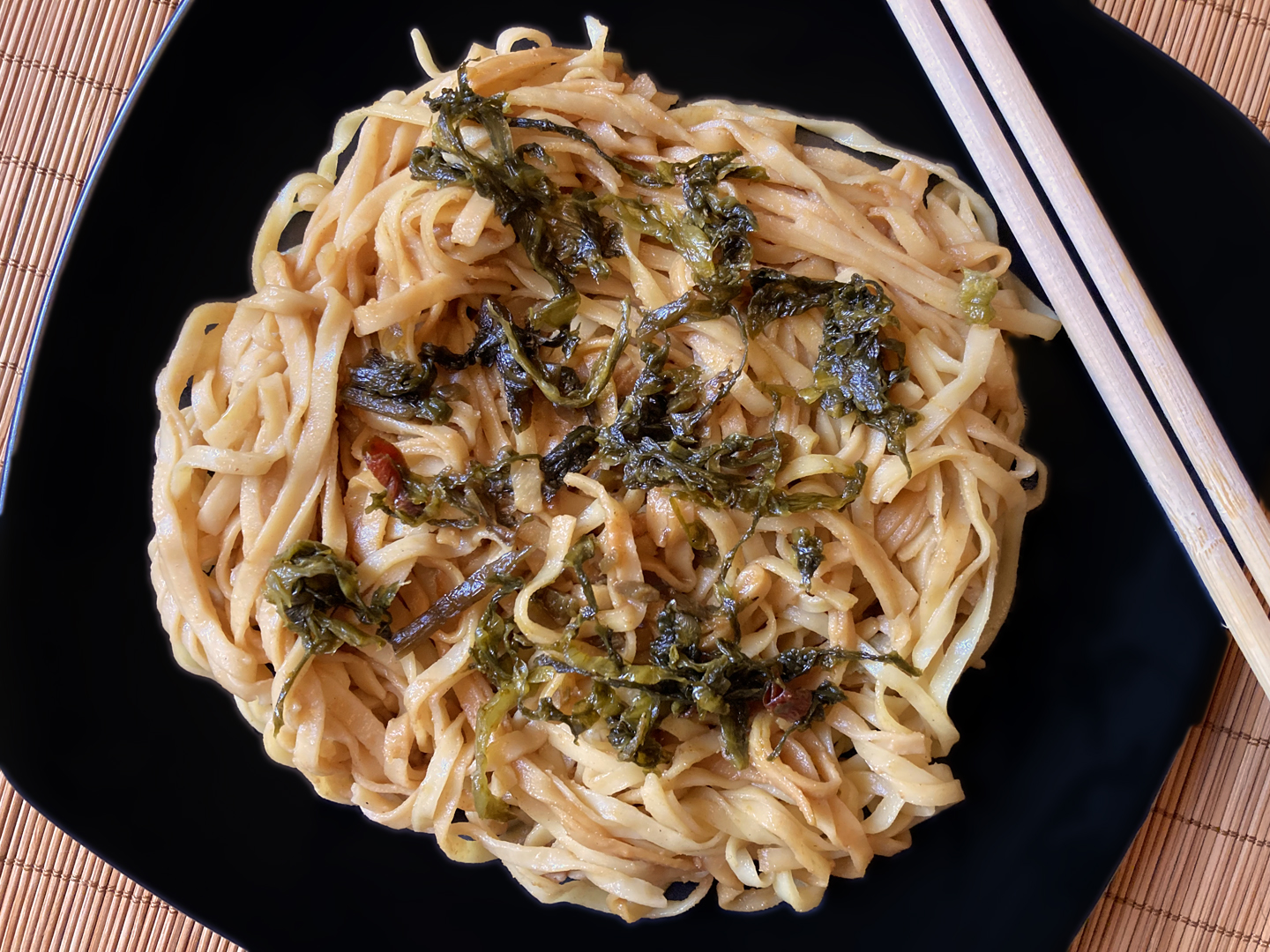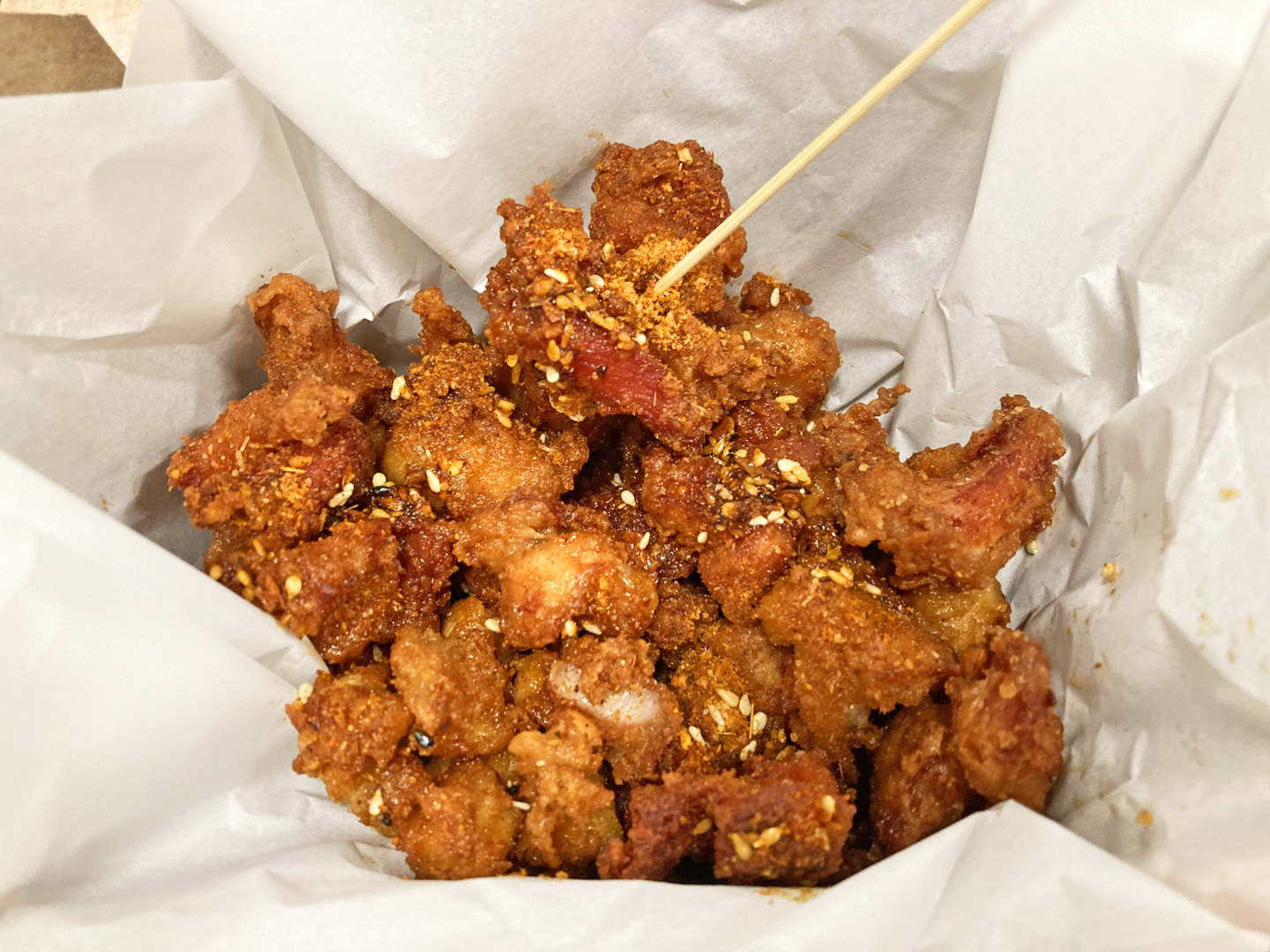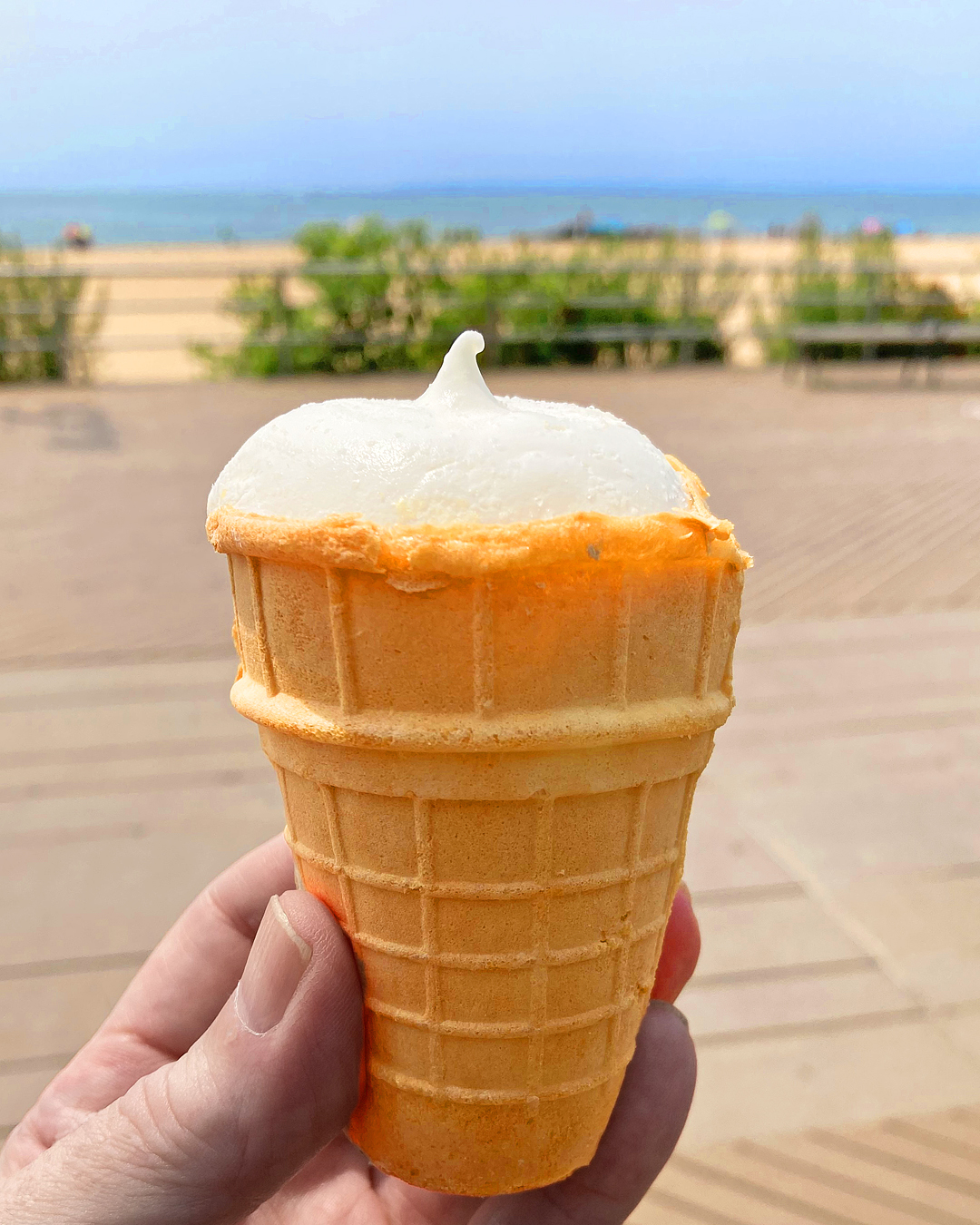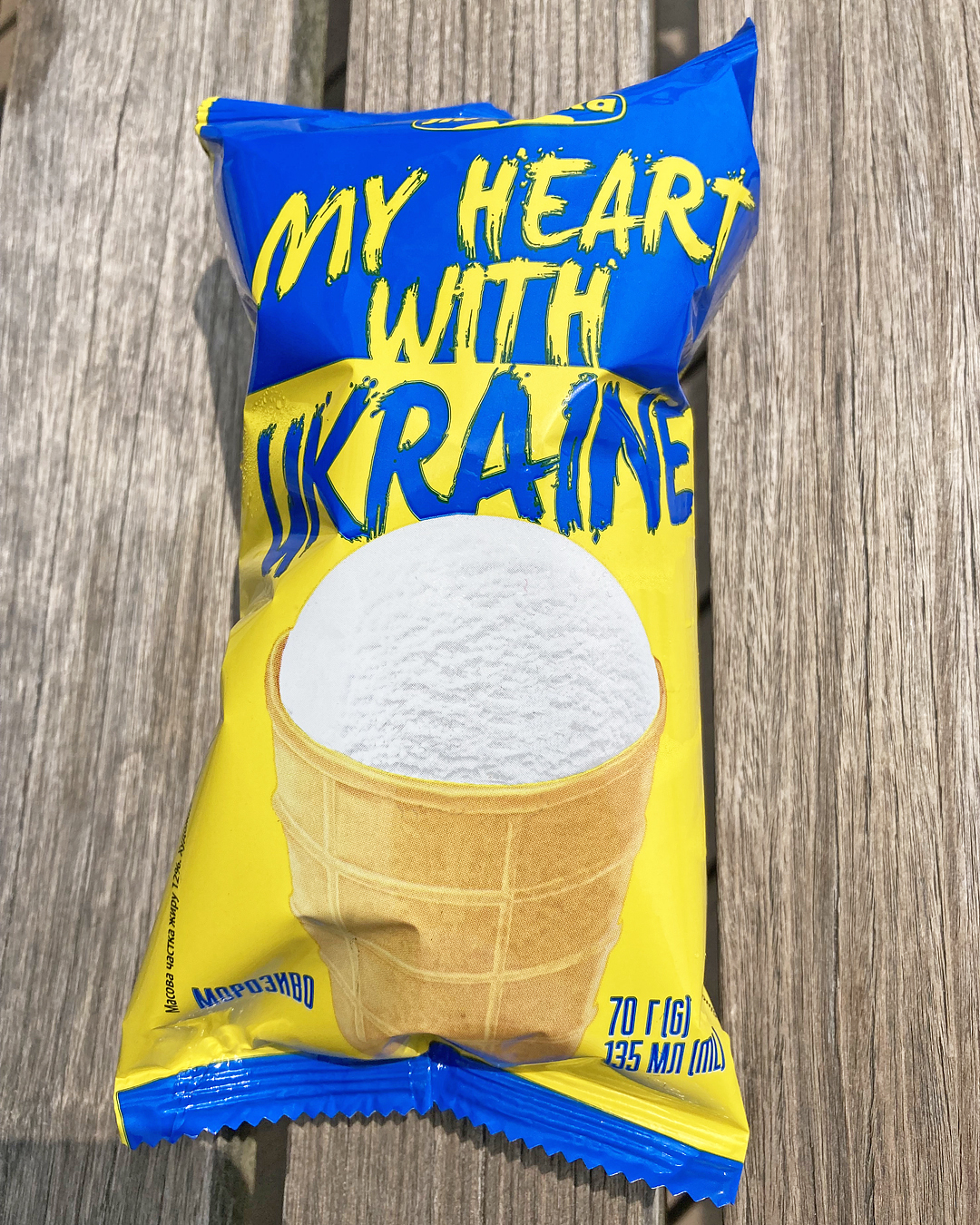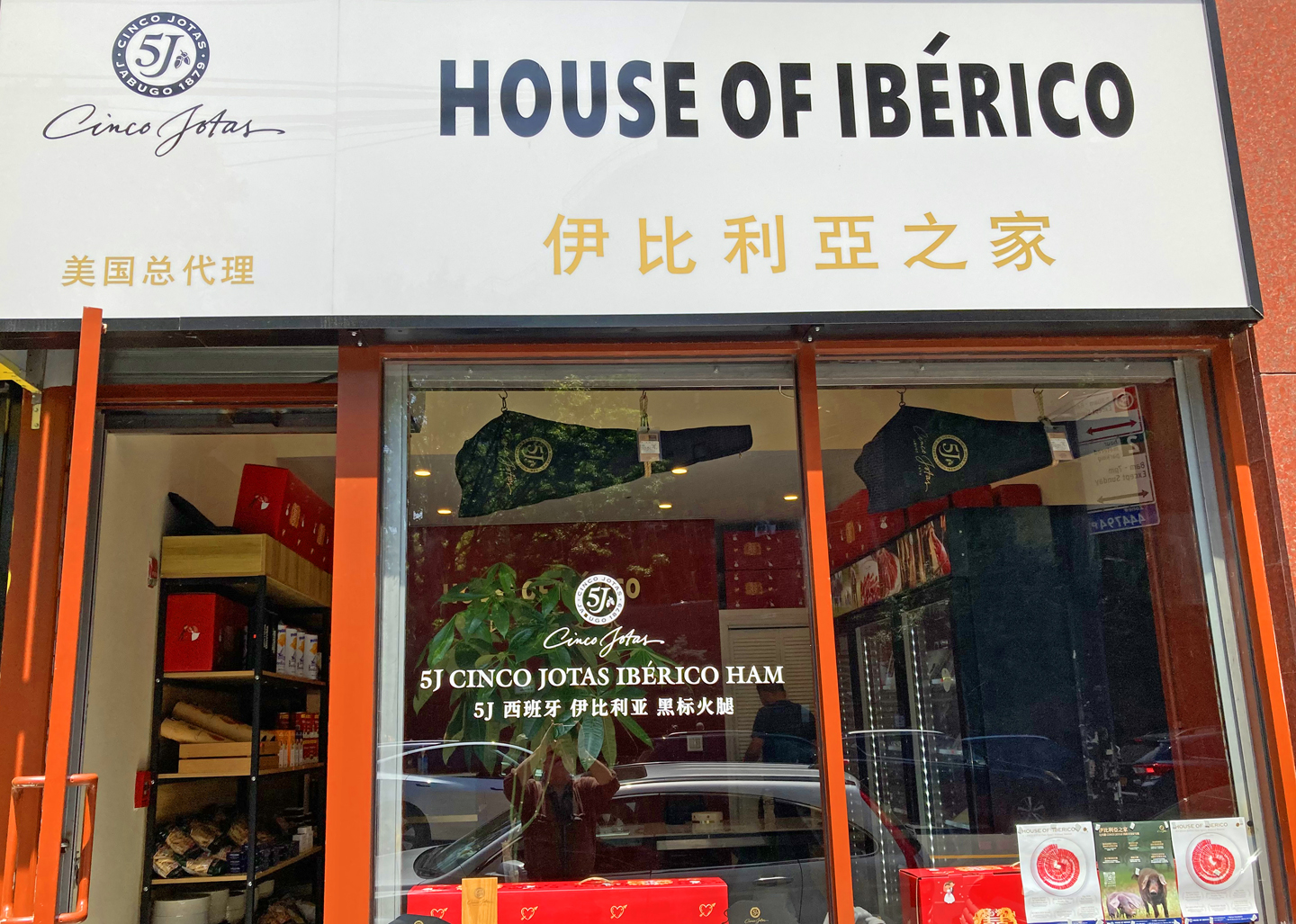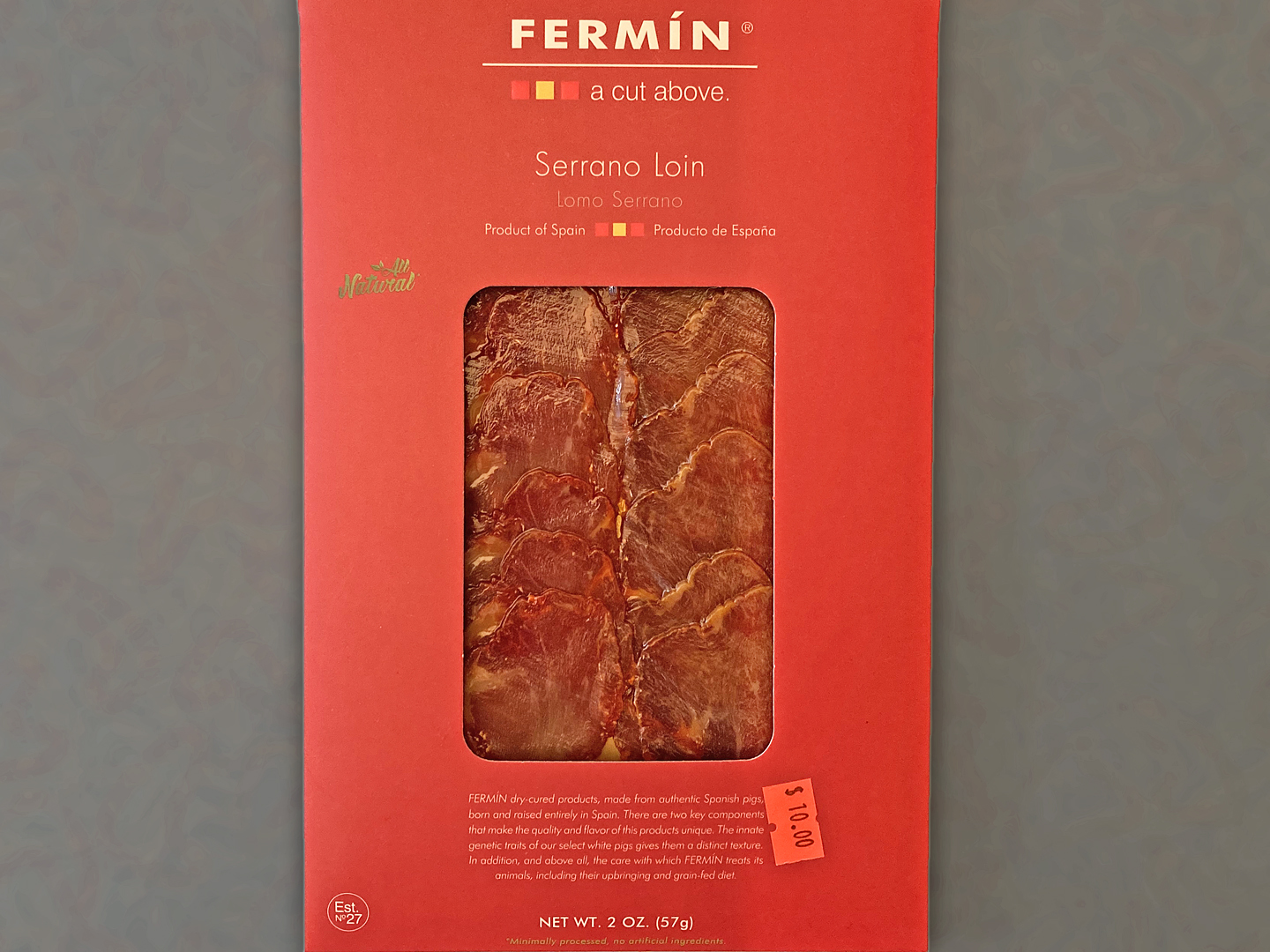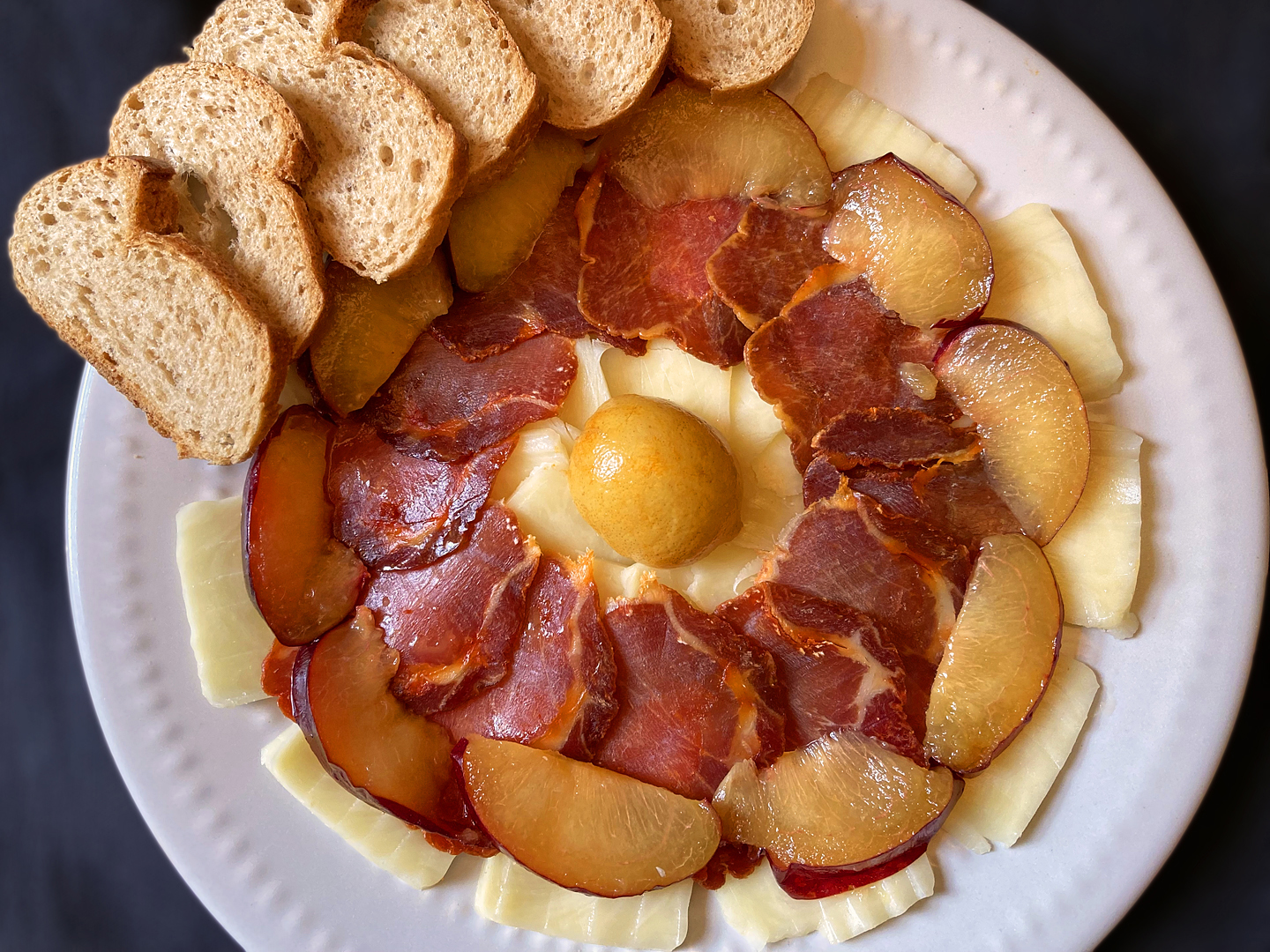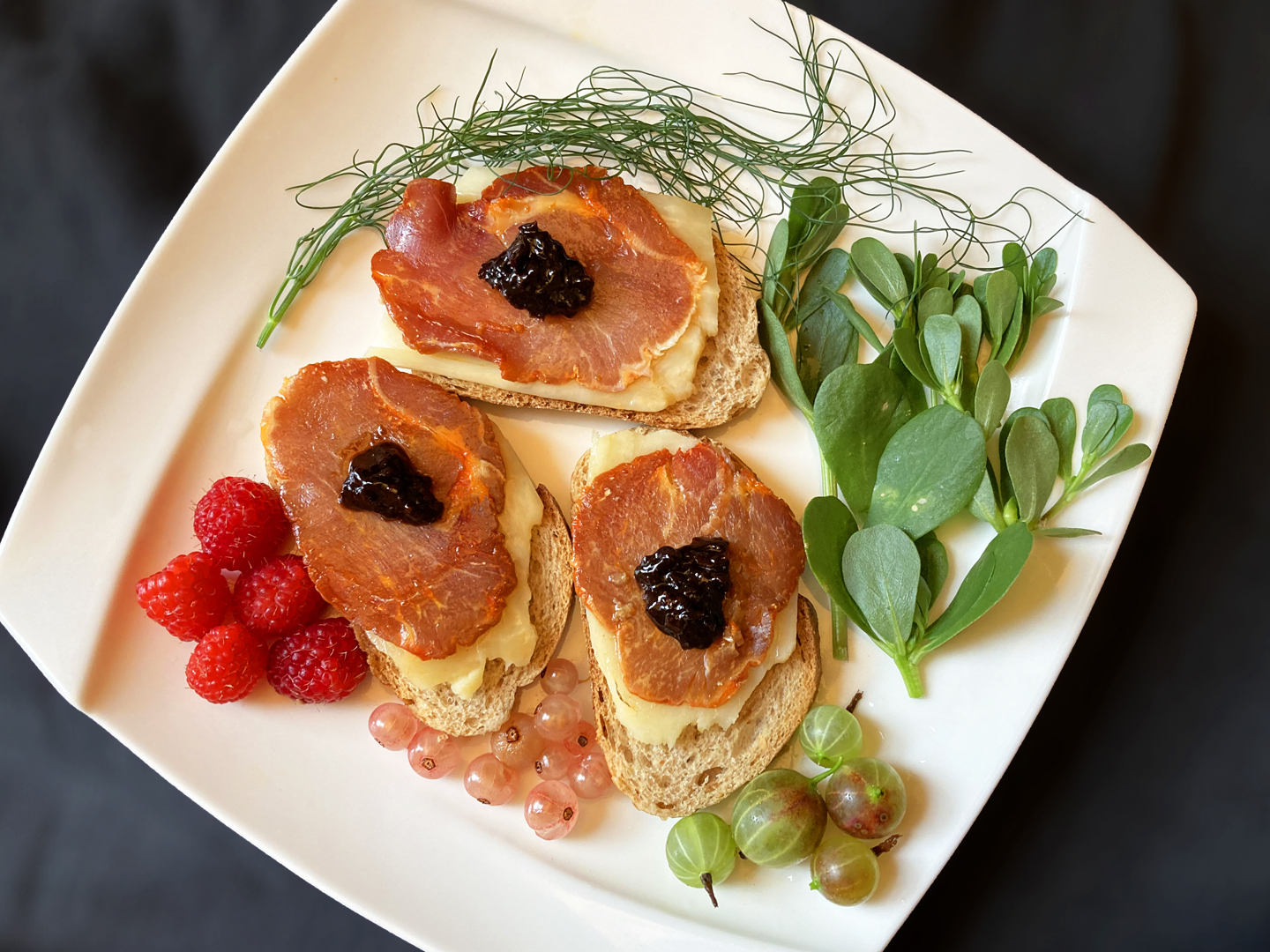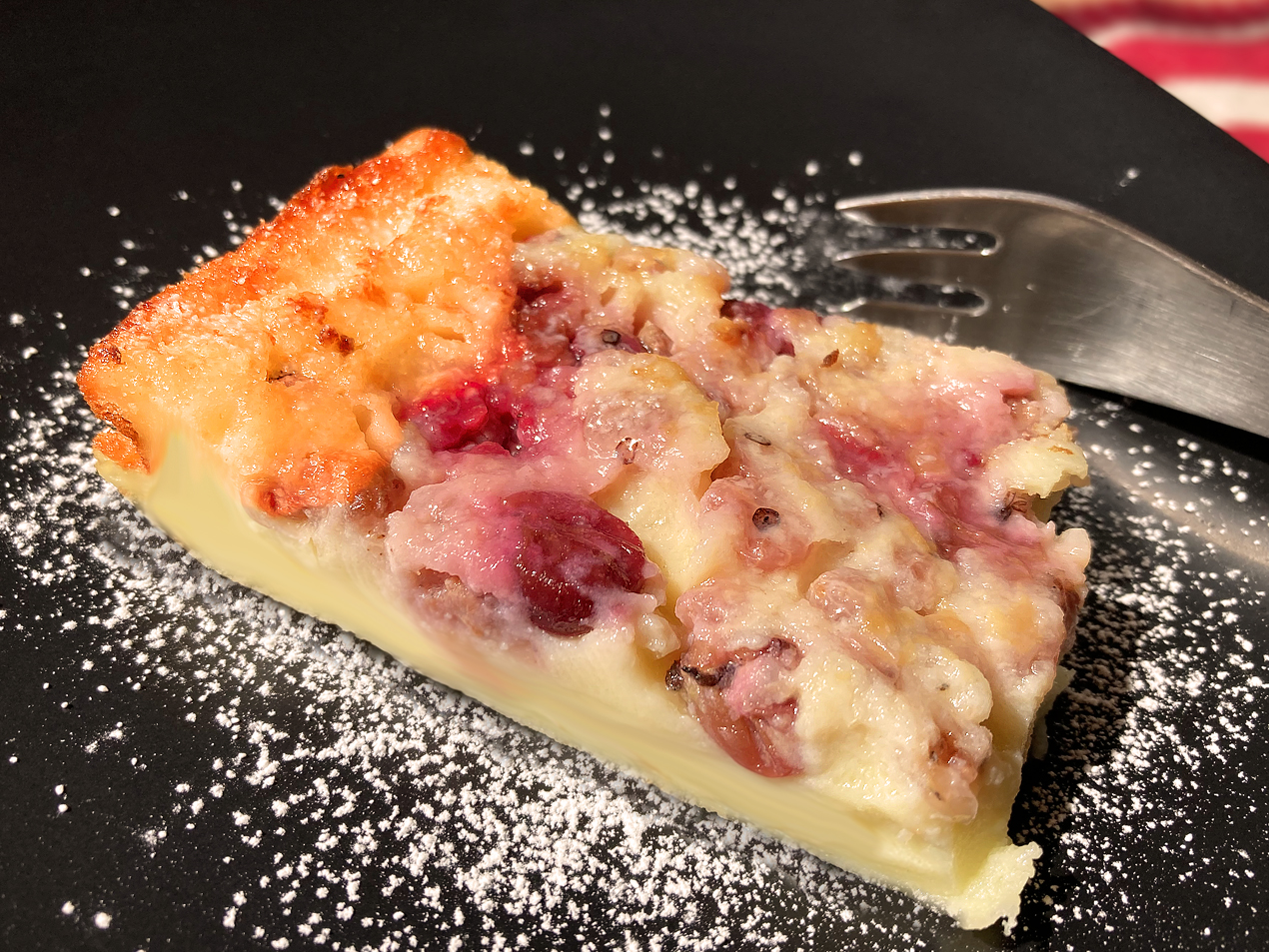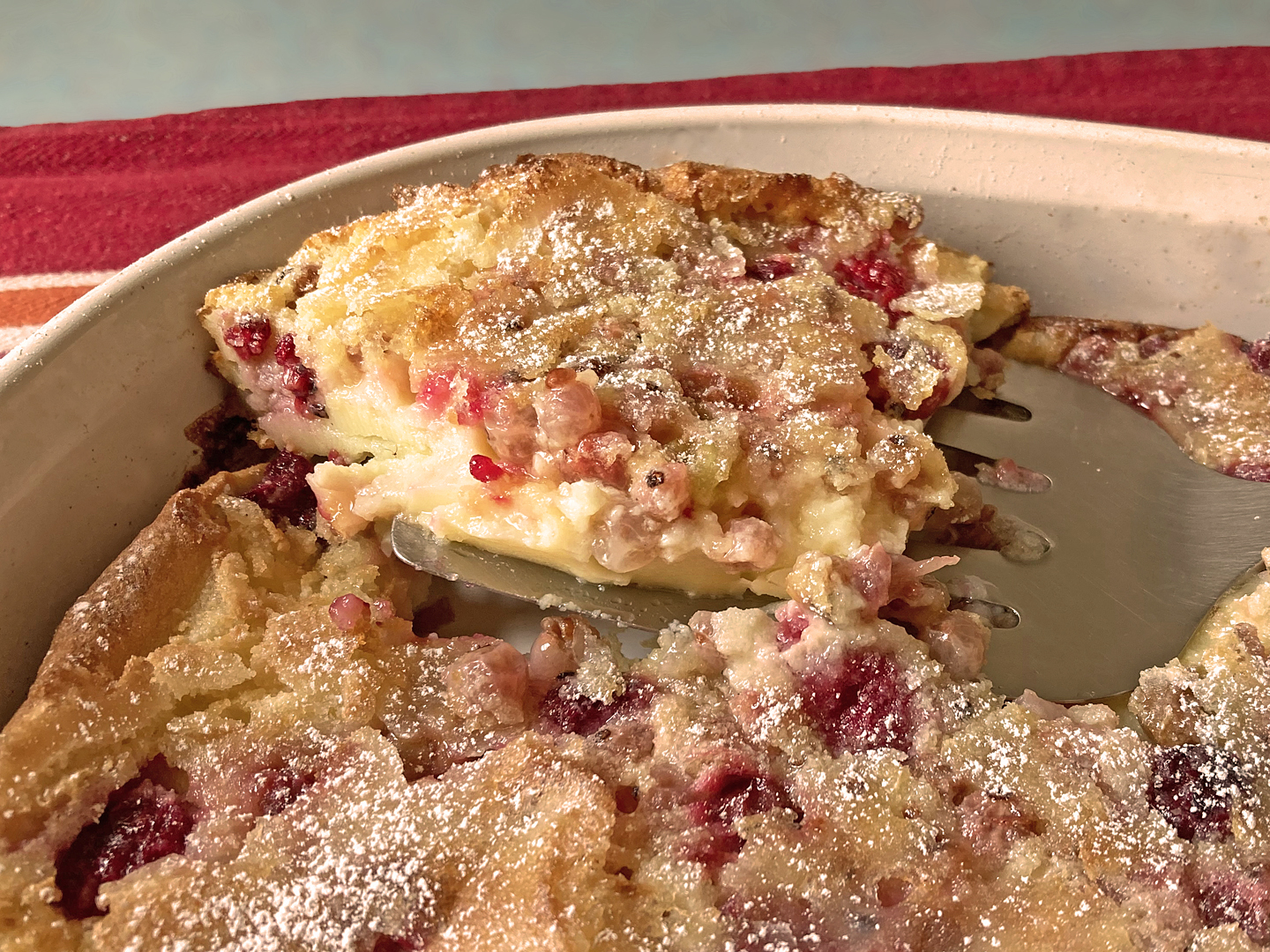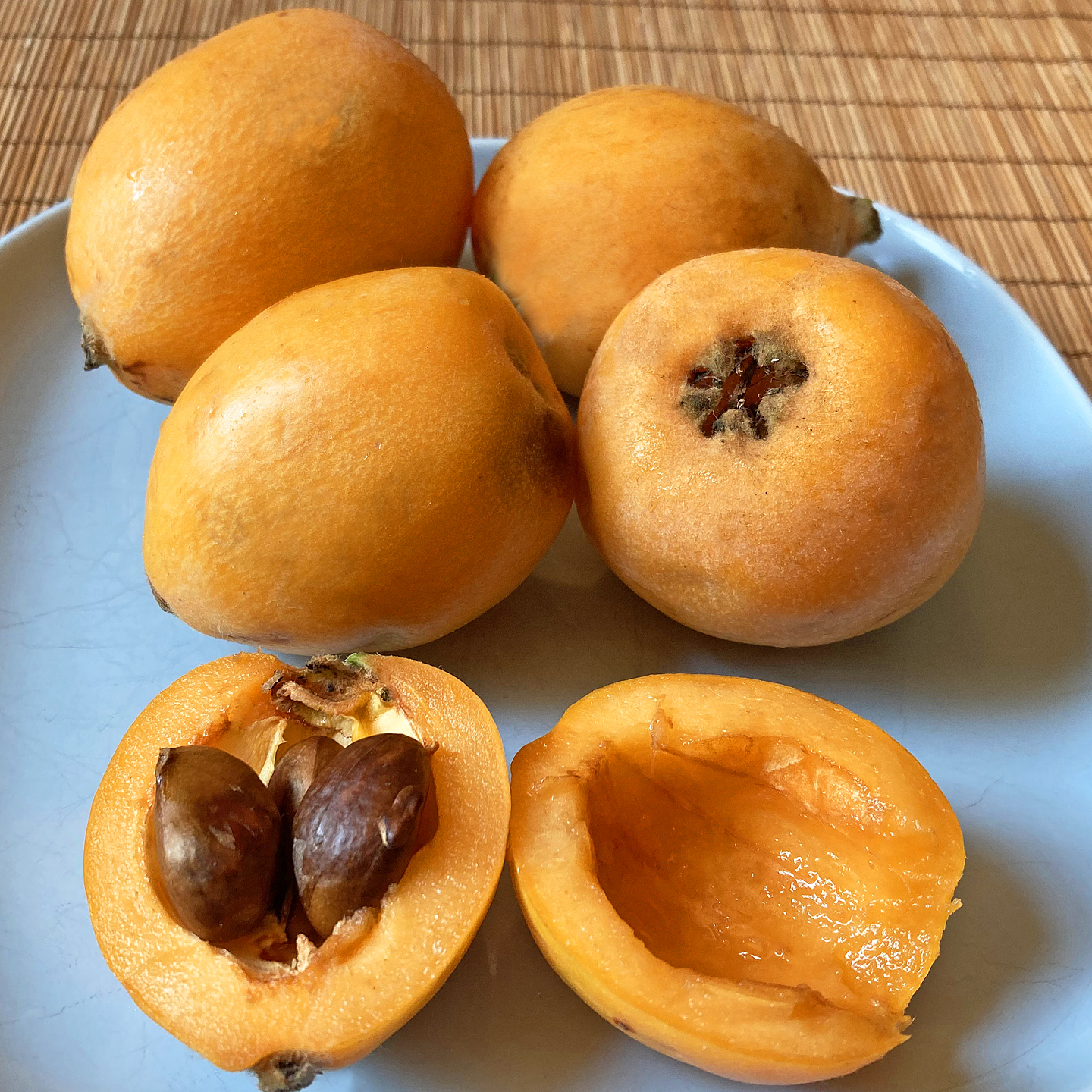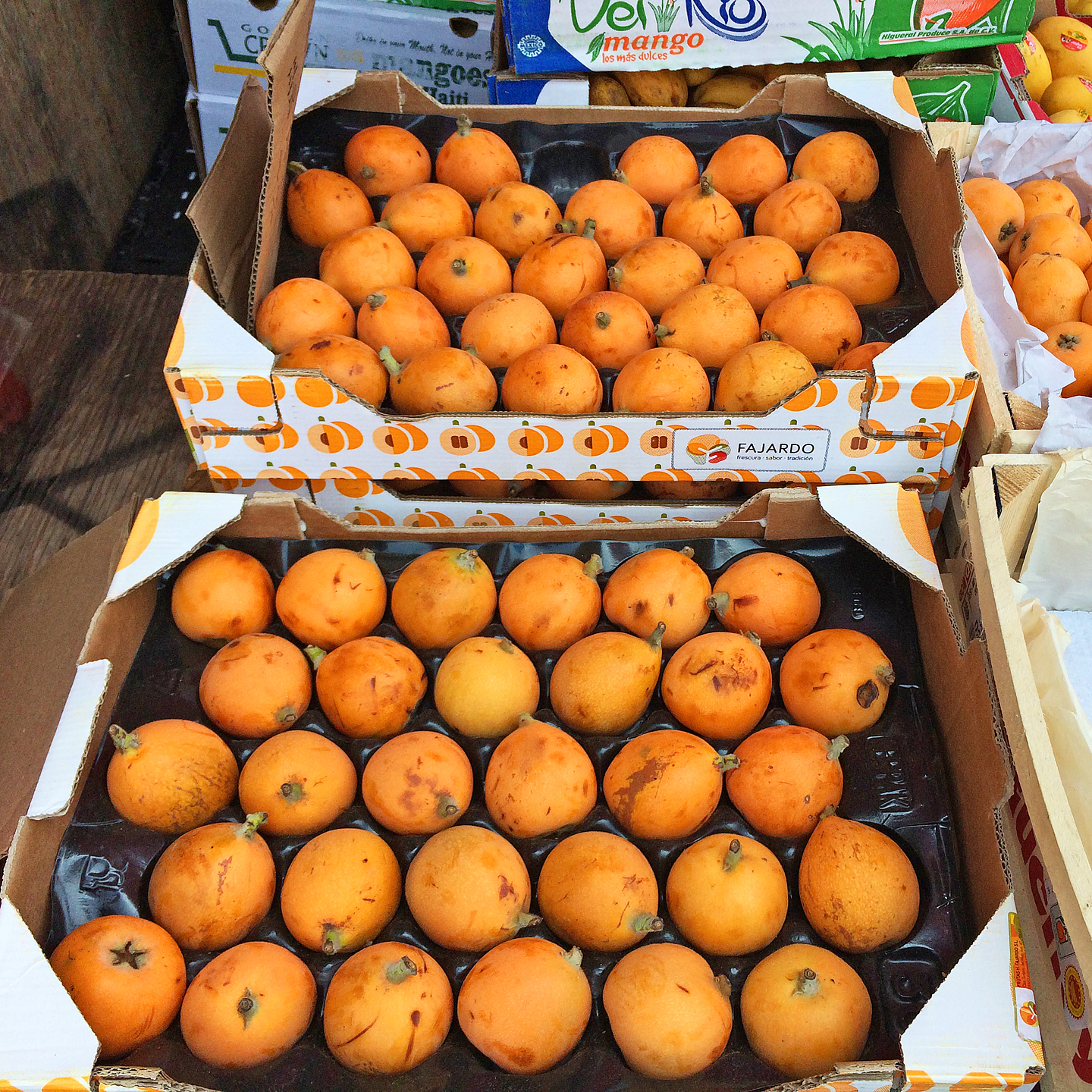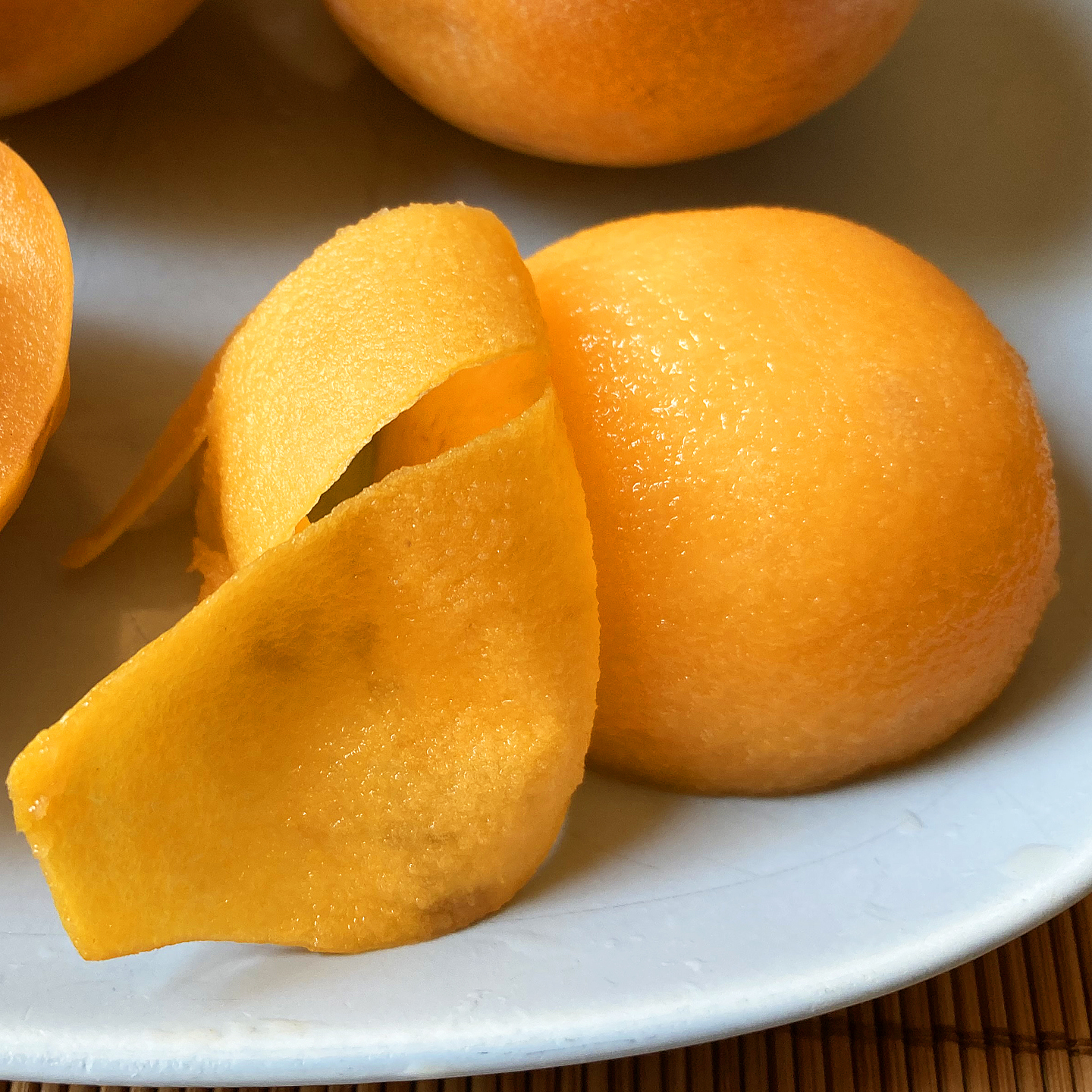In a former life, I worked about two blocks from Manhattan’s Koreatown, 32nd St between Madison and 6th Avenues, and way back then I probably tried just about every restaurant in the neighborhood in the company of special friends. So it was a treat to return to one of my favorites, BCD Tofu House (BCD refers to Bukchang Dong, a district in Korea).
The eponymous BCD Tofu House is known for their Soon Tofu, soft silken tofu, and they make it masterfully. We got an Entrée Combo, a main dish served with a choice of over ten varieties of soon tofu. In addition to rice, soup, and banchan, a sine qua non of any Korean meal, we ordered the LA Galbi Combo – LA style fragrant, sizzling BBQ short ribs…
(Click on any image to view it in high resolution.)
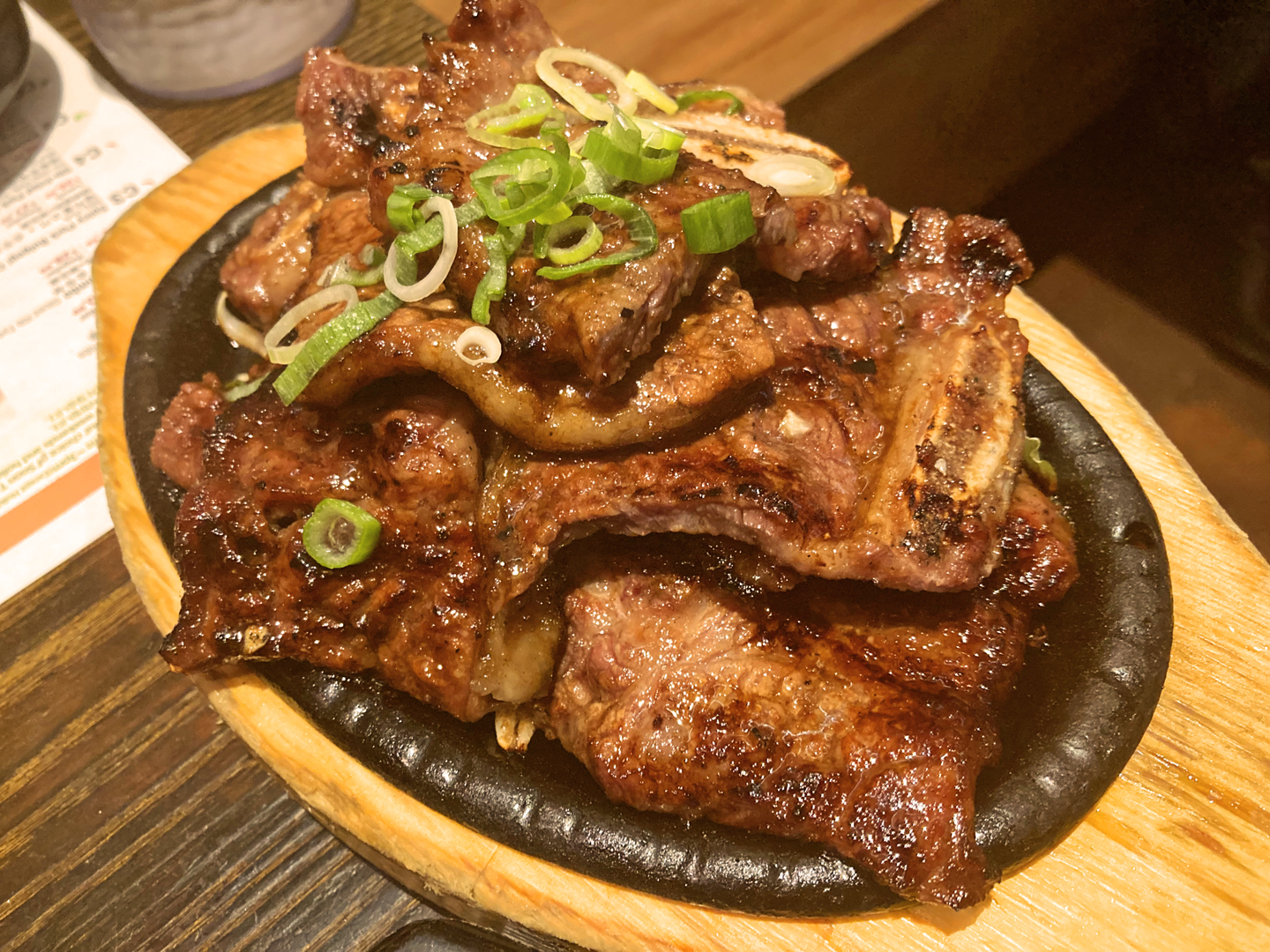
…and outstanding Dumpling Soon Tofu soup.
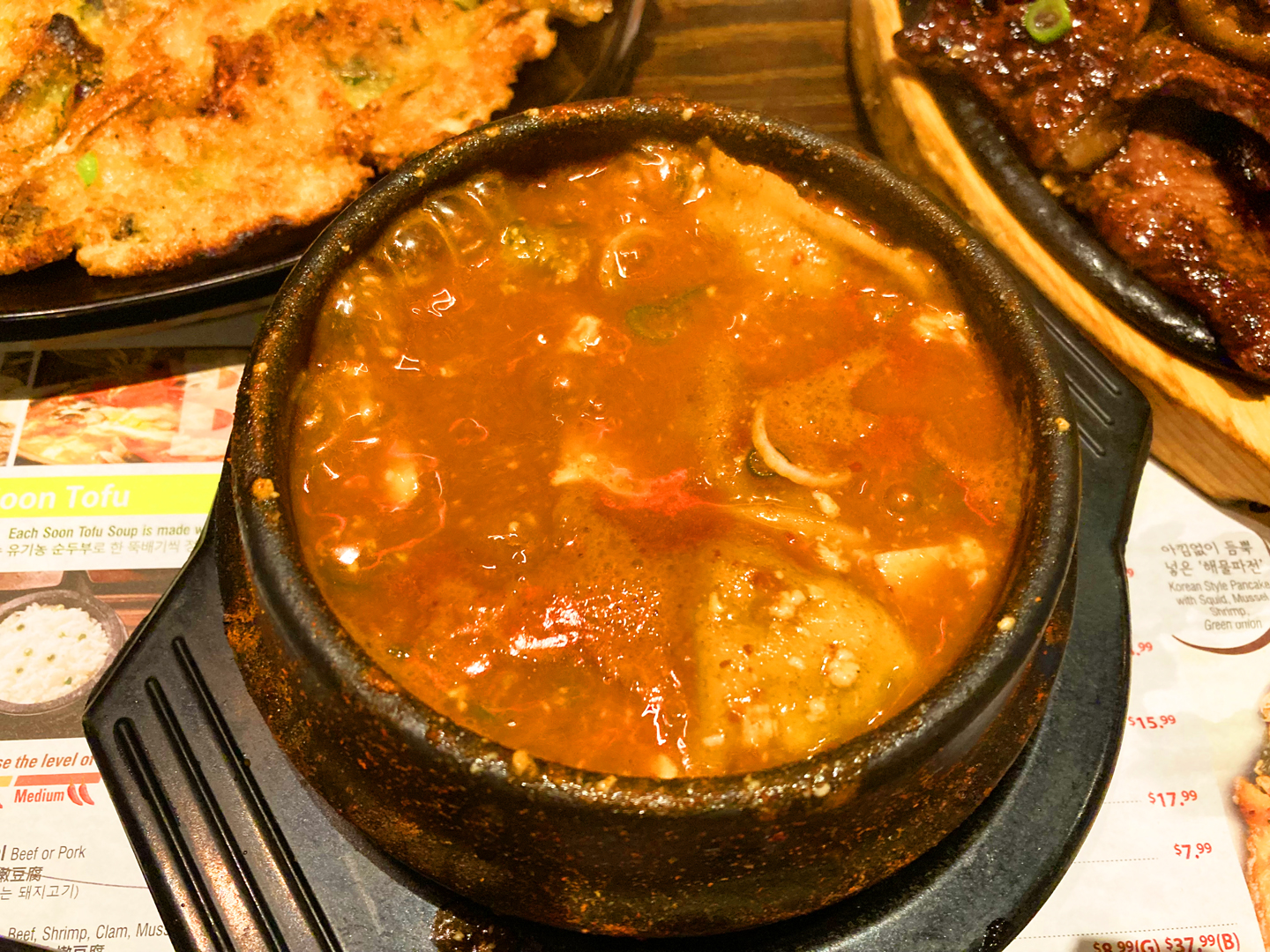
Our feast also featured an enormous Seafood Pajeon (seafood pancake from the Shared Plates section of the menu) filled with squid, mussels, shrimp, green onion – decidedly one of the best I’ve ever enjoyed.
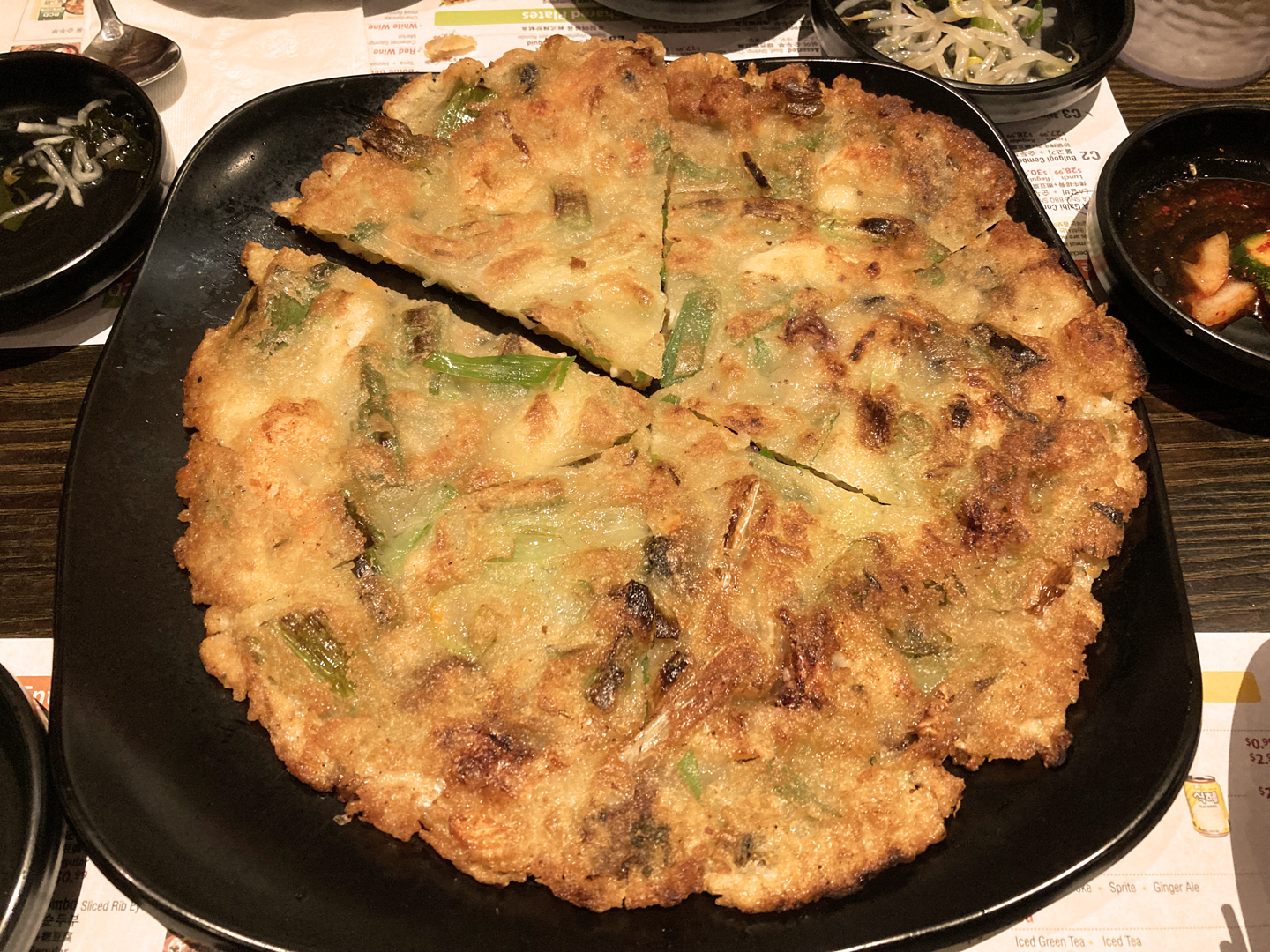
Curiously, the experience there turned out to be even better than any I can recall now and more evocative than my distant memories embraced.
Moral – and feel free to alter indefinite pronouns: If you miss something dearly, consider revisiting it: there was a reason it meant so much to you the first time you met.

